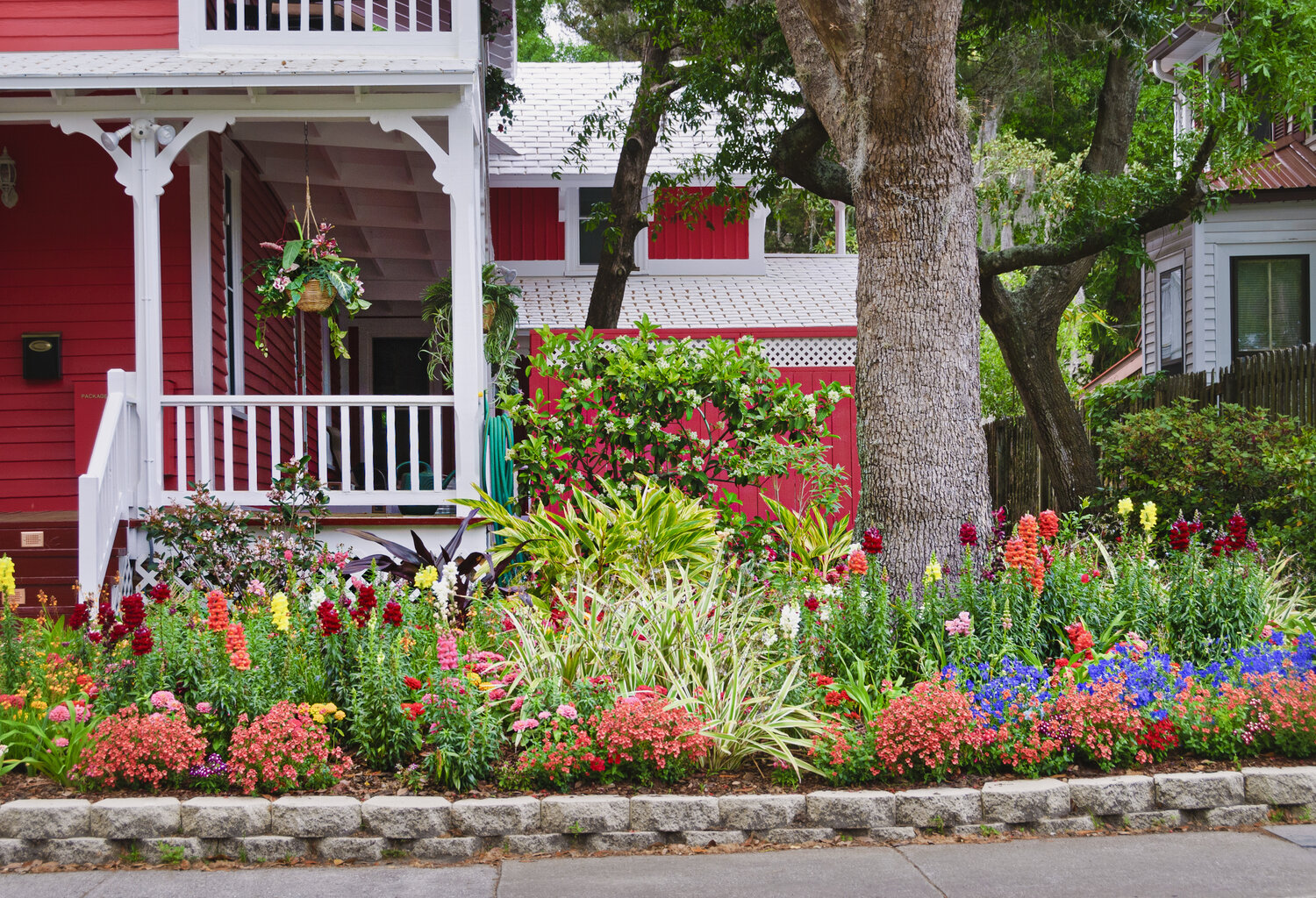Creating captivating flower beds and borders is one of the most rewarding aspects of gardening, transforming outdoor spaces into vibrant, living works of art. Well-designed planting combinations can provide visual interest throughout the seasons, making your garden a source of joy year-round. In this article, we’ll explore effective flower bed design strategies, share inspiring garden border ideas, and provide practical advice for achieving stunning planting schemes that deliver continuous beauty from January through December.
Understanding the Fundamentals of Flower Bed Design
The foundation of successful flower bed design begins with understanding your garden’s unique conditions. Before selecting plants, assess your soil type, sun exposure, and climate zone. These factors will determine which plants will thrive in your specific environment. Garden borders positioned against fences or walls typically benefit from a graduated arrangement, with taller plants at the back and progressively shorter specimens toward the front. For island flower beds visible from multiple angles, place taller elements toward the center, creating a balanced, three-dimensional effect.
Scale and proportion are crucial considerations in flower bed design. A common mistake is planting specimens too far apart, resulting in sparse-looking borders. Professional gardeners often follow the rule of grouping plants in odd numbers (three, five, or seven) of the same species, creating natural-looking drifts rather than regimented rows. This approach mimics how plants grow in nature and creates more visually pleasing planting combinations that fill the space effectively.
Color Theory for Stunning Garden Border Ideas
Color selection dramatically impacts the mood and visual impact of your flower beds. When exploring garden border ideas, consider creating either harmonious or contrasting color schemes. Harmonious schemes utilize colors adjacent to each other on the color wheel—such as blues, purples, and pinks—creating a soothing, cohesive look. Contrasting schemes, featuring opposites like purple and yellow or blue and orange, create energetic, eye-catching displays that draw attention to specific areas of your garden.
For a sophisticated approach to flower bed design, consider monochromatic schemes featuring different shades of a single color. White gardens, popularized by the famous Sissinghurst Castle Garden, create an elegant, luminous effect, especially in evening light. Alternatively, you might design color-themed borders that transition through the seasons—spring pastels giving way to bold summer hues, followed by rich autumn tones.
Creating Year-Round Flower Garden Interest
The most successful garden borders provide interest in every season. Achieving a year-round flower garden requires thoughtful planning and strategic plant selection. Begin by establishing a framework of evergreen shrubs that maintain structure during winter months. Plants like boxwood, holly, and certain grasses provide essential “bones” when deciduous perennials have died back.
Layer this foundation with early spring bulbs such as snowdrops, crocus, and daffodils that emerge when little else is flowering. Follow with late spring and summer-flowering perennials, carefully selecting varieties with different blooming periods to ensure continuous color. As experts at AskHomey recommend, incorporating plants valued for their foliage—like heuchera, hostas, and Japanese maples—provides texture and color even when flowers aren’t present.
Don’t neglect autumn interest in your year-round flower garden. Include late-season bloomers like asters, sedums, and Japanese anemones alongside plants chosen for spectacular fall foliage. Winter can still offer beauty through ornamental grasses, seed heads, and shrubs with colorful stems or berries. This thoughtful succession planting ensures your garden borders remain engaging throughout the year.
Perfecting Plant Combinations for Maximum Impact
Creating harmonious planting combinations requires consideration of more than just color. Texture, form, and bloom time all contribute to successful groupings. Contrast fine-textured plants like ornamental grasses with bold-leaved specimens such as hostas or bergenia. Pair spiky, vertical elements like foxgloves or delphiniums with mounding or horizontal plants that soften and complement their rigid form.
When planning garden border ideas, consider plant behavior and growth habits. Some vigorous spreaders may overwhelm more delicate neighbors, while certain plants demonstrate allelopathic properties, inhibiting growth of nearby species. Research plant compatibility before finalizing your design to avoid future maintenance headaches.
For naturalistic planting combinations, observe how plants grow together in nature. Notice how wild meadows blend grasses with flowering perennials, or how woodland settings pair ferns with spring ephemerals. These natural associations can inspire beautiful, ecologically sound groupings in your own garden borders.
Maintaining Beautiful Flower Beds Throughout the Seasons
Even the most thoughtfully designed flower bed requires ongoing care to maintain its beauty. Establish a regular maintenance schedule that includes deadheading spent blooms, dividing overcrowded perennials, and refreshing mulch. Seasonal cutbacks and strategic pruning help maintain the shape and health of your garden borders.
Consider keeping a garden journal documenting plant performance, bloom times, and maintenance tasks. This valuable resource will help you refine your flower bed design over time, replacing underperforming plants and enhancing successful combinations. Remember that gardens evolve, and the most beautiful flower beds often develop through years of observation and adjustment.
For more tips and to connect with reliable home service professionals, follow AskHomey on Facebook and Instagram.



